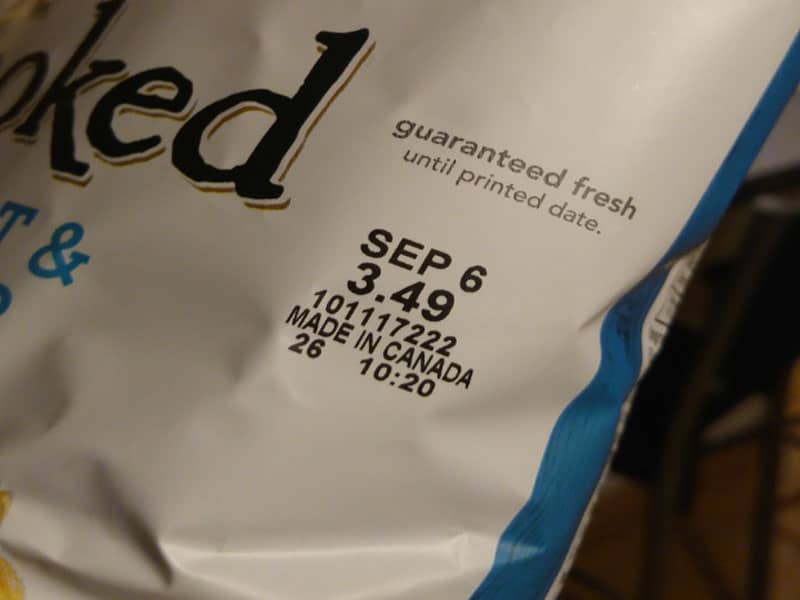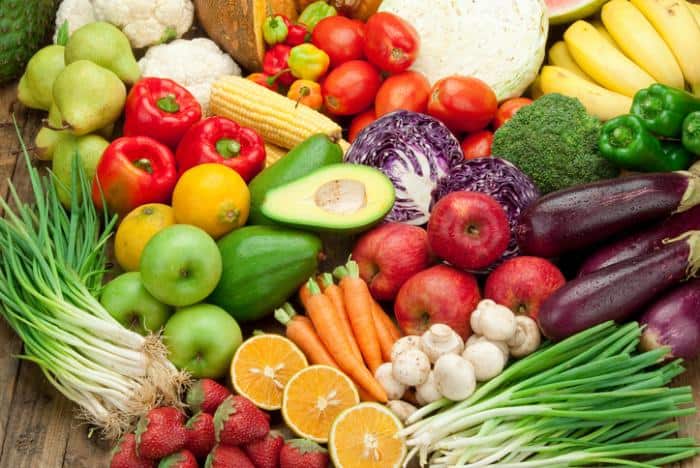We waste about 1.3 billion tonnes of food every single day, which means about 1/3rd of the food produced in the world for human consumption every year gets lost or wasted.
Although, some 795 million people in the world – that’s about one in nine people – do not have enough food to lead a healthy life, food losses and waste amounts to roughly $680 billion in industrialized countries and $310 billion in developing countries.
The United States alone wastes about 133 billion pounds of food a year; unfortunately, 40 million Americans struggle with hunger in the country, including more than 12 million children.
With food demand expected to rise by 70% and the world population set to reach 9.8 billion in 2050, wasting food makes no sense — economically, environmentally, and ethically.
What can you do? As a start, follow these innovative hacks, stop wasting food and save money at the same time!
- Using stale bread to make beer
You can cut food waste by making beers from leftover unused bread you think is stale. Bread is made from grains such as barley, wheat and rye – exactly the same raw materials that are used to make beer. Using stale bread has an added benefit of helping to reduce carbon emissions from the energy-intensive brewing process.
‘Toast’, a brewing company collects all unsold bread from bakeries and supermarkets and includes it in their hops, barley and yeast in their brews. Toast has brewed over 265,000 bottles and is available in 6 countries.

- Be aware of the ‘use before’ date of everything you shop for in the grocery
You should be aware of ‘best before’ dates on food labels and exercise caution while reading the advice on food packaging. If it is properly stored, both at the store and at your home, it may still be safe to eat the food items after the ‘best before’ date, but they may have lost quality and some nutritional value.
The Wasteless App, aimed at supermarkets and suppliers to categorize which of their products need to be sold sooner rather than later, has been helping retailers cut out food waste by a third. The prices of their products are adjusted in real time so that consumers end up saving if they buy food closer to their expiry dates.

- Consuming all fruits and vegetables, despite how they look
Many fruits and vegetables can be stored long term without spoiling, as long as you have the right temperature and moisture conditions. The University of Nebraska-Lincoln Cooperative Extension recommends that you store vegetables that require refrigeration between 34- and 40-degrees Fahrenheit.
‘Ooze’ buys disproportionate fruits and veggies from local supermarkets that would’ve rejected the supply because of its appearance. They then turn the rejected produce into healthy smoothies.







